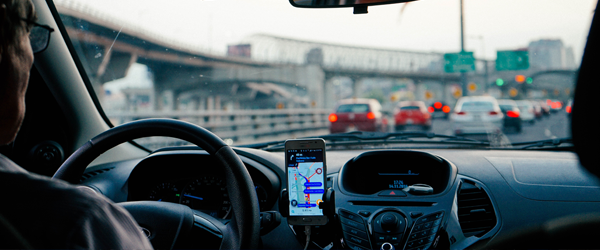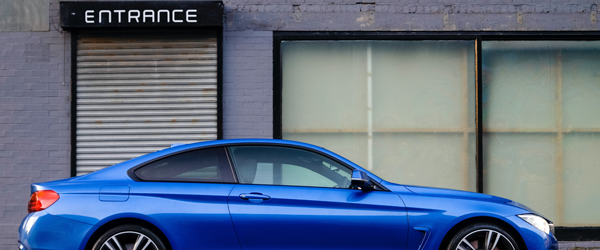
When it comes to rideshare apps like Uber and Lyft the benefits to using them as a passenger may seem pretty obvious: a ride home when you’re too tired to drive; a lift to get you closer to your destination when a parking lot is full; a shuttle between a train station or airport and a hotel when you’re traveling… Unfortunately, these idealized use cases tend to blind many riders to the pitfalls and risks behind using a rideshare service.
In most cases, the rider doesn’t experience a problem, so we continue to believe these Transportation Network Companies (TNCs) are safe, or a “safer” alternative to driving yourself. There are other factors that contribute to our perception of these services as safe, and one of the biggest is the suppression of information from the rideshare companies themselves.
Let’s examine some of the most common pitfalls of rideshare service apps and what might make you think twice about deeming them as safe.
- You’re putting your safety into the hands of an average driver. This driver is an independent contractor who has most likely not completed any additional driver training to ensure rules of the road are followed and that you remain as safe as possible. The driver could be aggressive, show signs of road rage, or simply be too distracted by the app on their phone telling them about their next pickup opportunity. Typically, someone who is a professional driver has undergone additional training that highlights the differences between just getting in your car to run to the store and driving in a commercial setting.
- The driver isn’t usually being paid fairly. When all of the time and costs to operate are taken into account, many drivers say they earn less than minimum wage. So if you feel like they’re in a rush to drop you off to go get the next rider, it’s probably true. The drivers need to maximize their earnings which leads many to speed. And we say this one all the time: speed kills. The State tried to protect drivers by making them employees, but Proposition 22 (which was sponsored by Uber) reversed that.
- You have no control in-the-moment. We have a team member with a service animal. Although the rideshare services all have a policy that service animals are allowed provided that they, too, abide by the rules (which a real service animal will without any issues), the driver can still prevent you from entering their car for any reason by simply locking their doors and driving off. She waited at a train station in Los Angeles where not one, not two, but three drivers refused her with her service animal. Or they may pick you up and not take you to your destination. They are behind the wheel and you lose your control. You can complain to the TNC, but that doesn’t mean anything will come of it, despite the fact that they have records of which drivers responded to your request in the rideshare app. Yet another pitfall of rideshare apps.
- More traffic and impact on the environment. Studies have been conducted and there is a statistically significant increase in traffic congestion brought on from these rideshare service apps – as much as 13.4% in San Francisco County. This is also what leads many to believe rideshare is the root to the current rise in traffic fatalities.
These are just some of the many pitfalls of rideshare apps. Unfortunately, there isn’t enough data made public due to gag orders placed on lawsuits and settlements from these service providers to accurately represent the odds of something going wrong the next time you use an app to hail a ride from a TNC. If you’ve been hurt while using a rideshare, or involved in a collision with a rideshare service driver, you may already be aware of these pitfalls and the uncertainty in identifying the party(ies) responsible.


